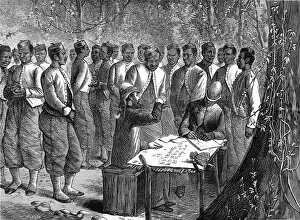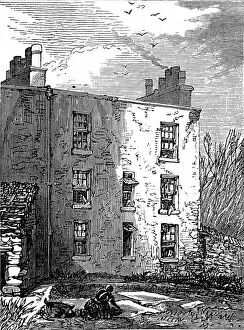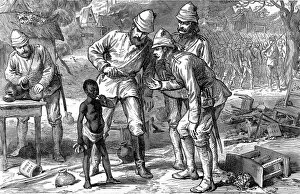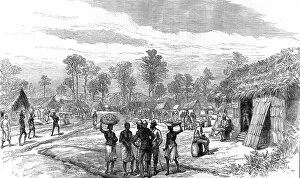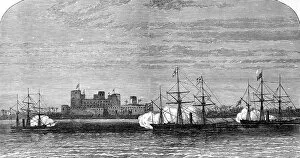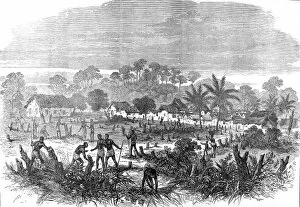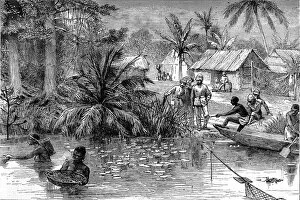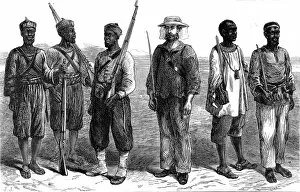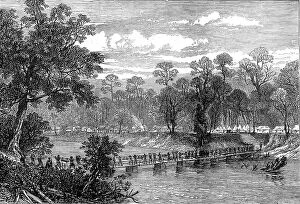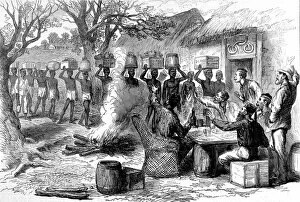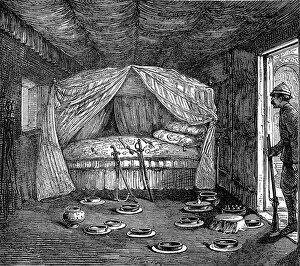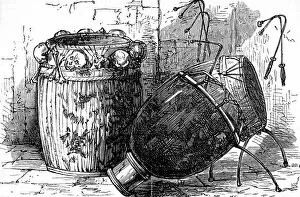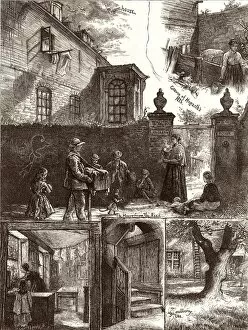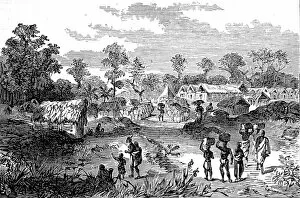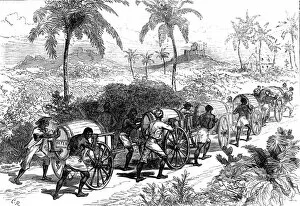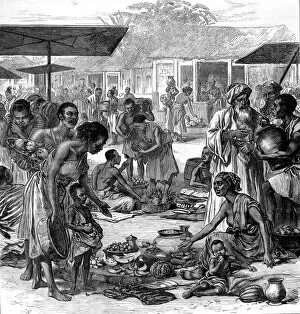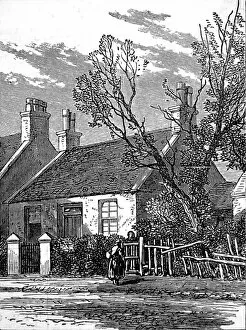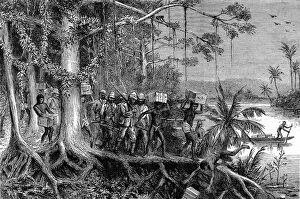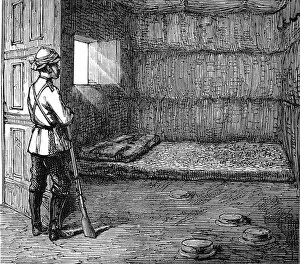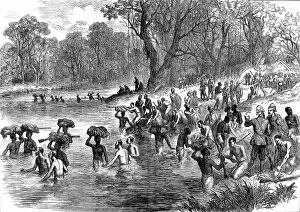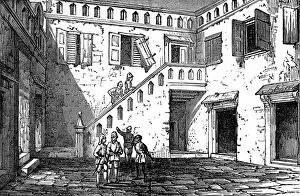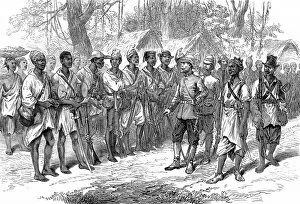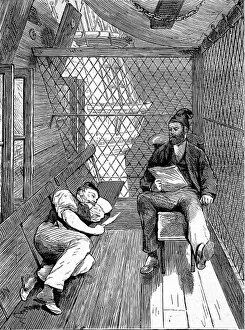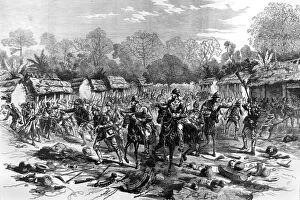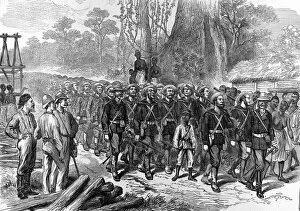1874 Collection (#51)
"1874: A Year of Icons and Exploration" In 1874, the world witnessed a myriad of remarkable events and individuals that left an indelible mark on history
For sale as Licensed Images
Choose your image, Select your licence and Download the media
"1874: A Year of Icons and Exploration" In 1874, the world witnessed a myriad of remarkable events and individuals that left an indelible mark on history. From the picturesque Isle of Wight captured in a stunning map to Winston Churchill defiantly flashing the V sign, this year was filled with captivating moments. One such moment was the iconic portrait of Charles Darwin by Leonard, showcasing the brilliant mind behind evolutionary theory. Meanwhile, another future leader emerged as young Winston Churchill embarked on his journey towards shaping the world. The realm of arts flourished too, with Gustav Holst's mesmerizing composition "Lambert" enchanting audiences worldwide. Simultaneously, Richard Wagner's masterpiece "Götterdämmerung" captivated hearts and minds with its grandeur and emotional depth. Across oceans, Claude Monet skillfully immortalized a sailboat at Petit-Gennevilliers through his masterful brushstrokes in oil on canvas – a testament to his artistic genius. Amidst these cultural milestones stood Thomas Baines' awe-inspiring depiction of The Black Rhinoceros Charging - an image that both fascinated and instilled respect for nature's power. Exploration took center stage as Ernest Shackleton ventured into uncharted territories. His graphic portrayal showcased not only his bravery but also humanity's insatiable thirst for discovery. Traveling further eastward brought us face-to-face with The King of Ashantis Palace at Kumasi in 1874 – a glimpse into African heritage and regal splendor that continues to fascinate even today. As time marched forward, Winston Churchill resurfaced once more in May 1915 during World War I – reminding us all of his unwavering determination amidst adversity. Indeed, 1874 was an extraordinary year where maps unfolded secrets waiting to be discovered; where great minds like Darwin challenged our understanding; where art transcended boundaries; where nature's majesty and human resilience intertwined.




